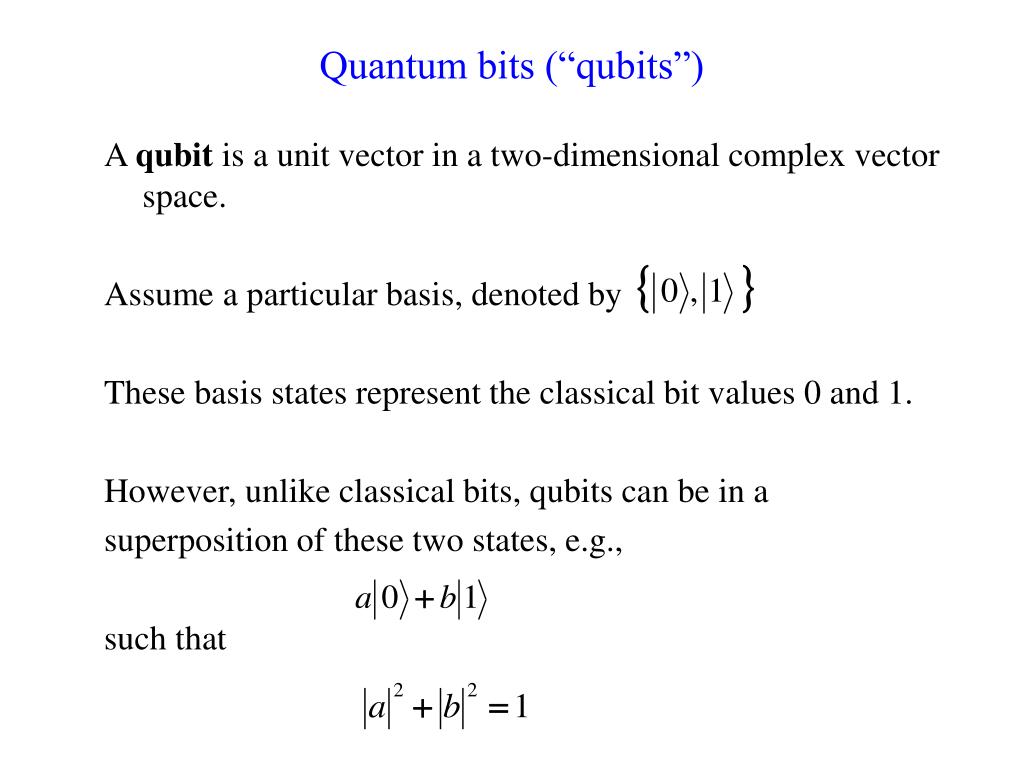

Unitary matrix corresponding to the gate sequence in a quantum circuit and multiplies it with a column vector The task of numerically simulating quantum computation (on a classical computer) is referred to as quantum circuitĪ straightforward quantum circuit simulation can be viewed as a simple matrix-vector multiplication. See below for a representative illustration. Measurements are represented by stylized pointer dials, turning a quantum bit (single wire) into a classical bit (double wires). Gates with control bits are applied only when all the values of control bits match those defined by the users. Some gates have control bits represented by black circles. The workflow of quantum computation can be described as a quantum circuit.Įach wire corresponds to one qubit, and gates are applied in a left-to-right manner. In summary, measuring a quantum state causes the loss of quantum coherence and collapses the quantum superposition. Example of cusvaer option configurations.Contents of the cuQuantum Appliance 22.02-Cirq container.Building and installing cuQuantum Python from source.Approximate Tensor Network Execution API.cutensornetContractionAutotunePreference_t.cutensornetContractionOptimizerConfig_t.cutensornetContractionAutotunePreferenceAttributes_t.cutensornetContractionOptimizerInfoAttributes_t.cutensornetContractionOptimizerConfigAttributes_t.Initialize cuTensorNet and create tensor descriptors.

#KET QUANTUM CALCULATOR NORMALIING INSTALL#
Install cuTensorNet from NVIDIA DevZone.Install cuQuantum Python from conda-forge.


 0 kommentar(er)
0 kommentar(er)
